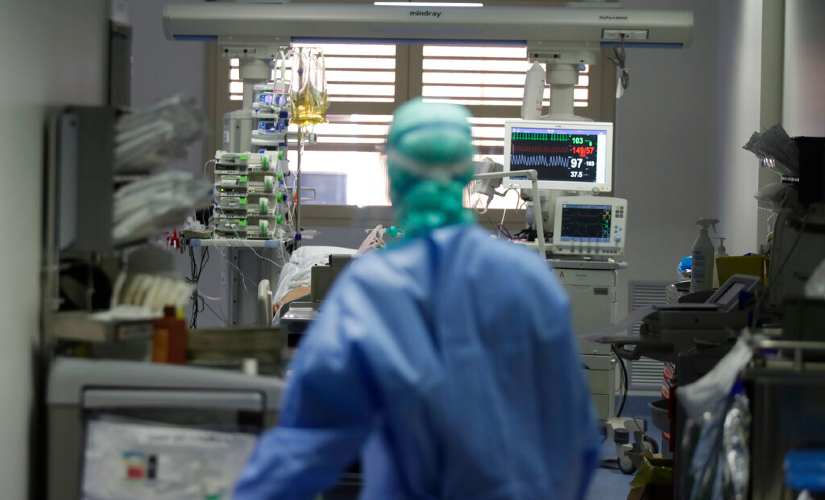Indian researchers discover a hidden Covid virus reservoir in human cells
The SARS-CoV-2 virus may have a hidden reservoir in body cells, which could account for the virus’s persistence and recurrence, according to research findings.
Extracellular vesicles (EVs) are microscopic particles released by cells. The researchers at the Institute of Liver and Biliary Sciences, New Delhi, have discovered an important piece of information about EVs.
According to their findings, the EVs of people who had tested negative using the conventional RT-PCR techniques contained SARS-CoV-2 RNA, or genetic material.
Related Articles
“The identification of SARS-CoV-2 RNA in EVs underscores the need to explore alternative diagnostic methods that leverage this discovery, potentially revolutionising our ability to detect and manage COVID-19 infections more effectively,” said Sukriti Baweja, the study’s lead author.
Even for individuals deemed virus-free by conventional tests, the presence of SARS-CoV-2 RNA within EVs may indicate a potential source for recurrent infections, according to the researchers.
These infected EVs have demonstrated the ability to transmit the virus to previously unaffected cells in laboratory settings, pointing to a previously unrecognised route of transmission, they said.
The finding, published in the journal Liver Research, holds promise in addressing the challenges faced in COVID-19 diagnosis and management, the researchers said.
Current diagnostic tools, while valuable, have limitations, including occasional false negatives due to factors such as sample collection technique and viral load, they said.
The researchers noted that detecting SARS-CoV-2 RNA within EVs might offer a more sensitive and rapid diagnostic approach, potentially aiding in identifying individuals with persistent or recurrent infections.
The presence of SARS-CoV-2 RNA in EVs, not only in respiratory samples but also in plasma, enables more opportunities to understand the virus behaviour beyond the respiratory tract, they added.
(with inputs from PTI)




